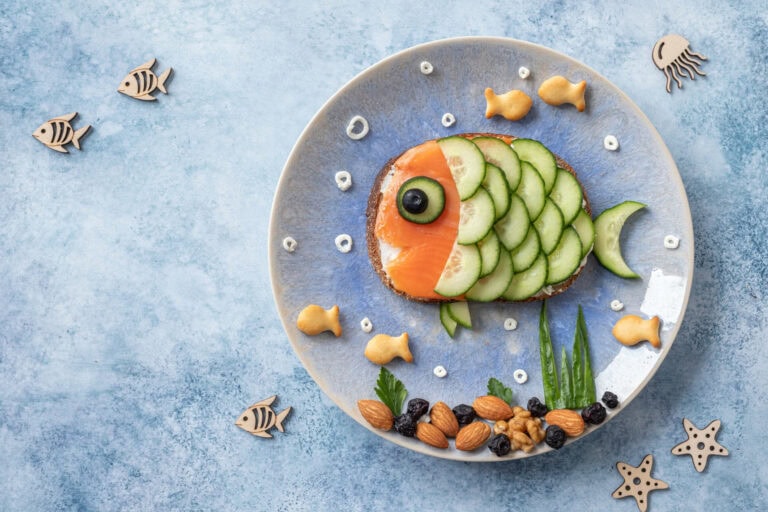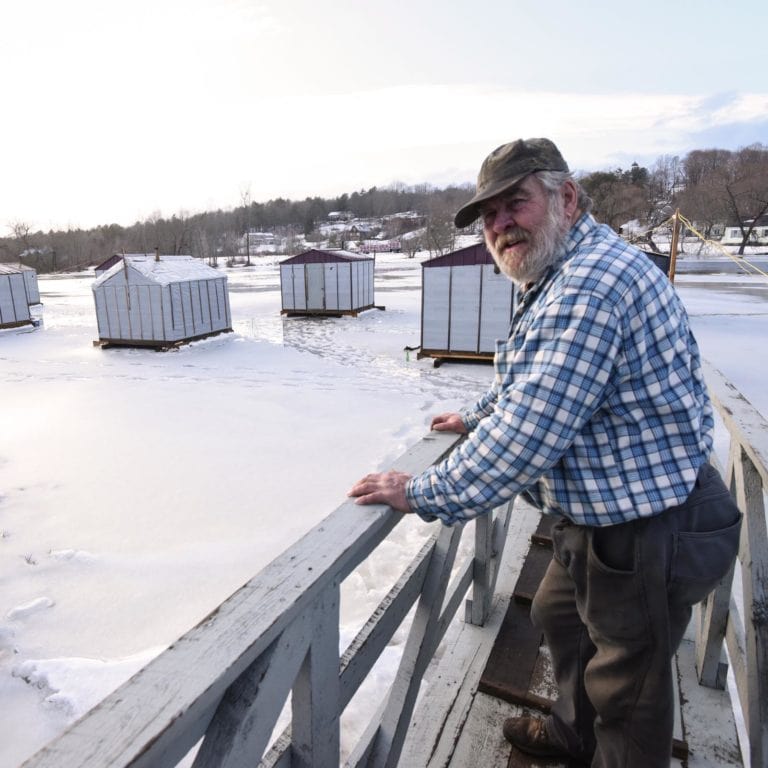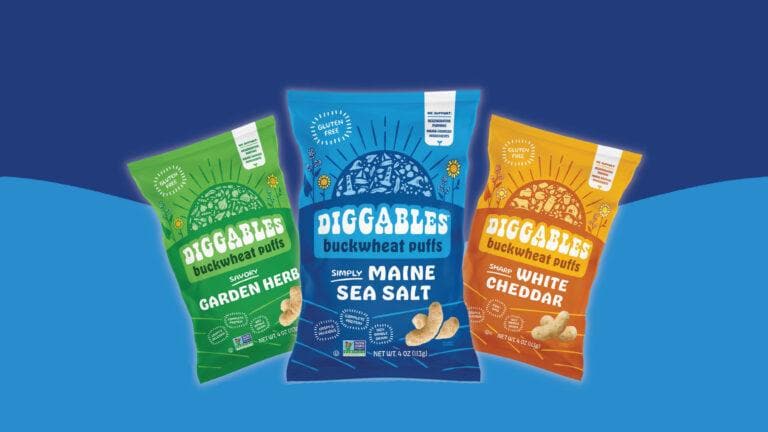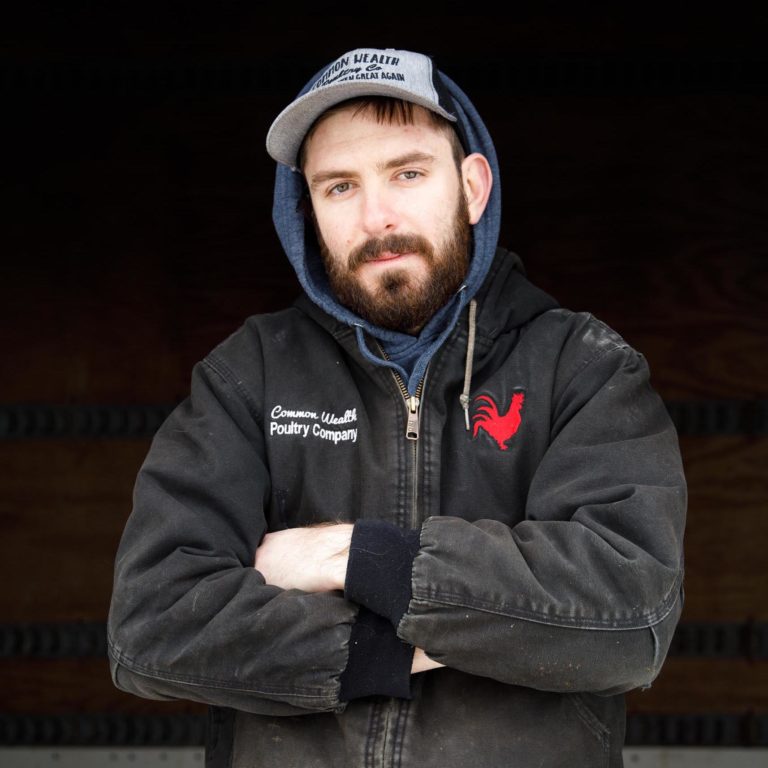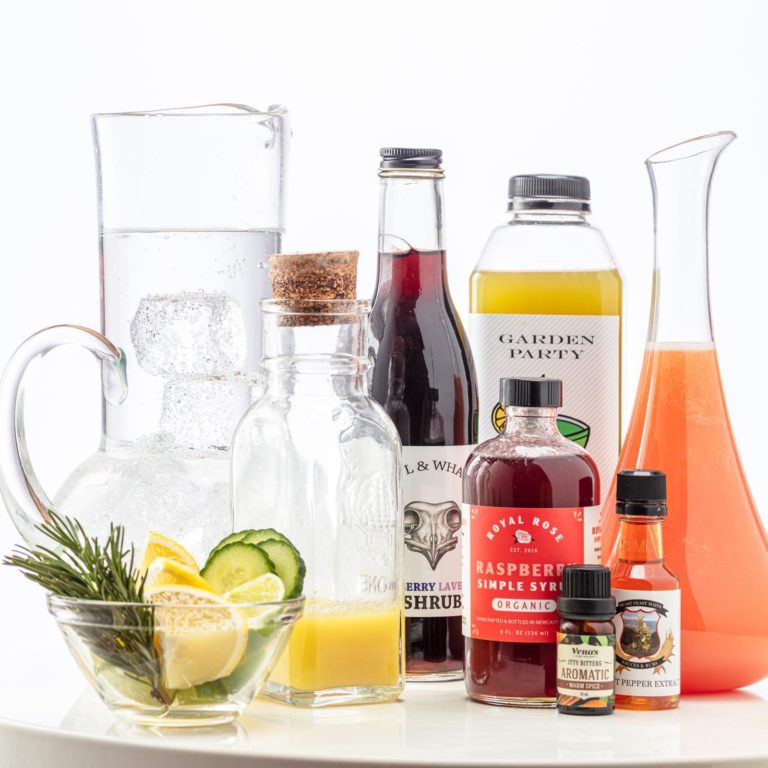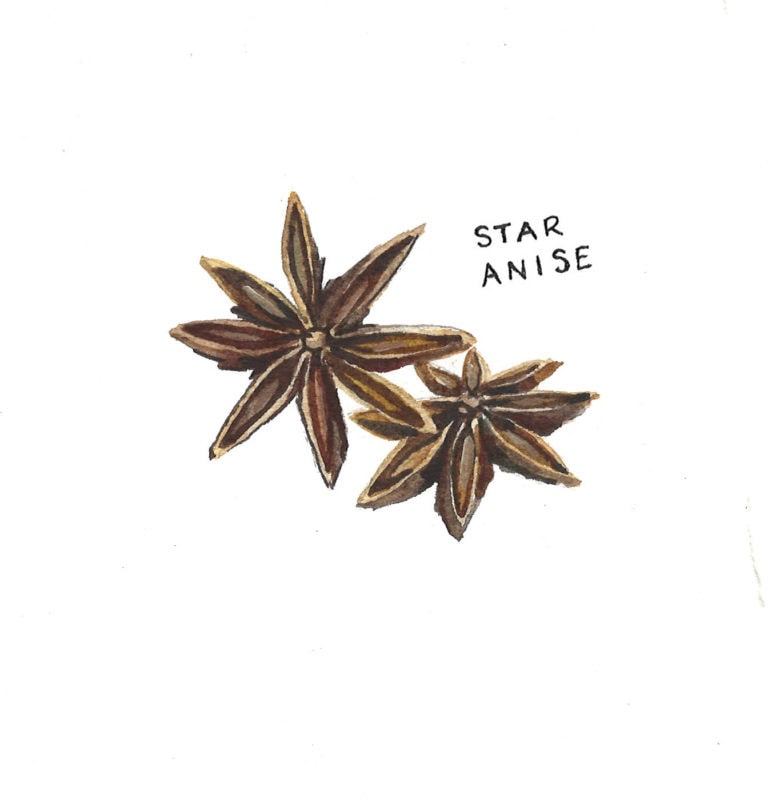Lobster is an iconic symbol of coastal life (see one of Maine’s license plate options), drawing folks from all over the world to experience the unique taste and texture born of the Gulf of Maine. It’s also one of the best-managed seafood fisheries in the world, with recent record-setting harvests proving that long-standing regulations have kept lobster populations healthy.
So why would anyone consider buying lobster meat grown in a lab in Wisconsin?
Madison-based Cultured Decadence uses cell tissue taken from live Maine lobsters and their eggs to produce “cultivated” (lab-grown) lobster. A survey of folks working in and around Maine’s seafood industry says “labster” poses little threat to wild-caught Maine lobster. That said, the company, the process, the product, and the technology bear watching.
Lab-grown meat, including seafood, is a burgeoning industry. According to the Good Food Institute, there are over 70 cell-based meat companies globally, 20 of which were started in 2020. Fifteen companies operate in the U.S., four of which are focused on seafood. (The Good Food Institute maintains an updated database of these companies on its website, www.gfi.org.)
Cultured Decadence’s website says its mission is to “create cell-cultured seafood that is nutritious, animal-friendly, sustainable, and provides an authentic experience to consumers worldwide.” It contends that “with the increasing acidification and warming of oceans and the growing world population, the planet needs better solutions for producing seafood.”
University of Maine Professor Rick Wahle stands at the forefront of lobster research nationwide. He believes lobster harvests should remain productive in the Gulf of Maine for the next several decades, even as warmer temperatures and other climate factors continue to push populations further Downeast. So labster won’t fill a near-term market requirement, as such.
“The [lobster] supply is there and it’s very sustainable,” says Kristan Porter, president of the Maine Lobstermen’s Association, who pulls traps off Cutler near the Canadian border.
“I don’t think we’re quite … where we have to artificially grow food to substitute anything.”
Porter says lobstermen have more pressing issues, like the gear modifications and catch limits being proposed to accommodate right whale populations, and the effects of wind energy projects on fishing.
Eating lab-grown meat simply won’t compare to the experience of diving into a whole, boiled Maine lobster. “There’s [no] substitute for the real thing,” notes Porter. “What makes our product great is where it comes from. Cold, clear water. That’s where it gets its taste.”
Mike Wiley, executive chef at Big Tree Hospitality in Portland, agrees. “I have a really hard time envisioning that iconic product somehow conjured in the Midwest,” he says. Perhaps there will be a market for it in the future, says Wiley, but without seeing or tasting it, he remains skeptical. It won’t be showing up on his menus any time soon.
Mike Alfiero, co-owner of Harbor Fish Market in Portland, acknowledges that future climate impacts will place stress on some fish stocks. In a measured response to how labster might appear in his shop one day, he says, “I’d have to vet this out very carefully and see what that means to the industry and to the consumer.”
One question that needs to be asked immediately, though, is how the product will be labeled.
According to John Pattison, Cultured Decadence’s co-founder,
“We will follow all FDA/regulatory guidance on labeling and marketing, and want to ensure consumers are informed and educated on the technology used to create these products and the numerous benefits to cell-culture technology for food production.”
Proper labeling is crucial. Witness the chaos around genetically engineered salmon, sometimes referred to as “Frankenfish,” that only recently started shipping domestically. USDA-sanctioned labeling is confusing on many levels. Currently, GMO labeling is voluntary until December 31, 2021, so AquaBounty, the only GMO salmon producer here, doesn’t have to label its product until January 1, 2022. Then, the company can choose from several labeling options that could include a QR code, a symbol, text-based labeling (such as “This product is bioengineered”), or asking the consumer to reach out for additional information (such as “Text XYZ to learn more”). With these vague labels, the average consumer is not likely to know exactly what they’re eating because producers fear the marketing stigma of clearly labeled GMO products. They’re even less likely to know when dining in restaurants, where such labeling is not mandatory.
An oft-repeated One Fish Foundation mantra is: “Know your seafood! Know your fish harvester!” It’s only when you know the story of the seafood you eat—whether caught in Harpswell Sound or grown in Wisconsin—that you can be confident in your choices.
Personally, I’m going to stick with what I know: that amazing experience of cracking into a recently harvested, steamed lobster and tasting the rich flavor only cold, clear Gulf of Maine waters can provide.







